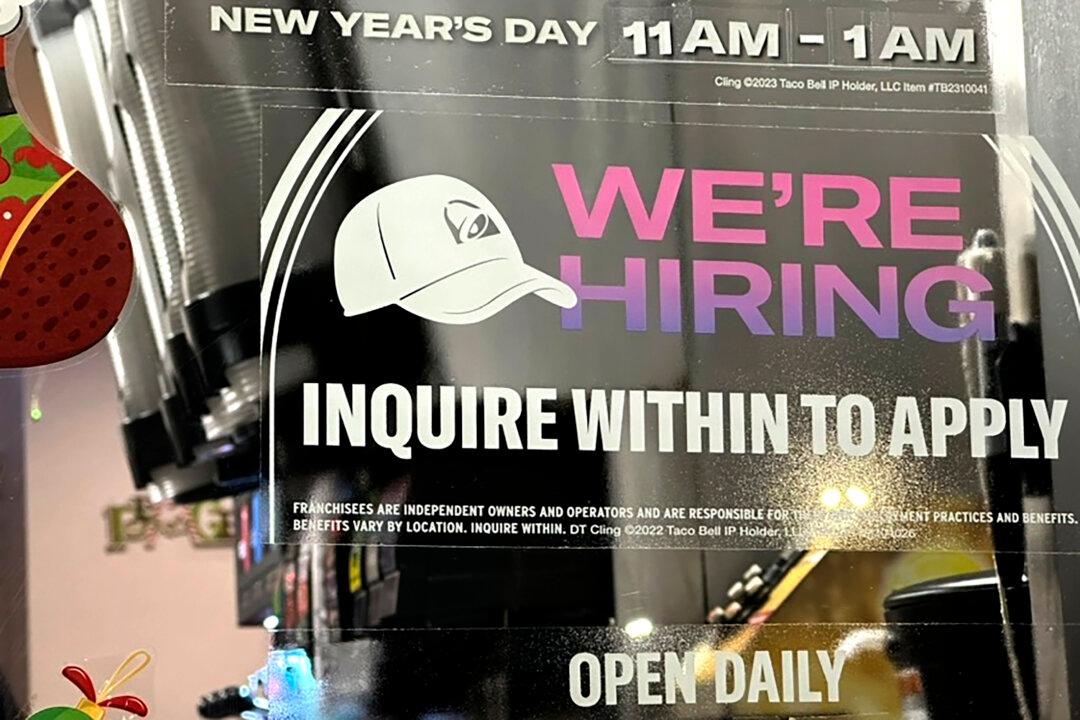The number of Americans applying for unemployment benefits fell last week as the labor market continues to show resilience despite elevated interest rates.
Jobless claims fell to 202,000 for the week ending Dec. 30, down by 18,000 from the previous week, the Labor Department reported Thursday. The four-week average of claims, which evens out some of the week-to-week volatility, fell by 4,750 to 207,750.





